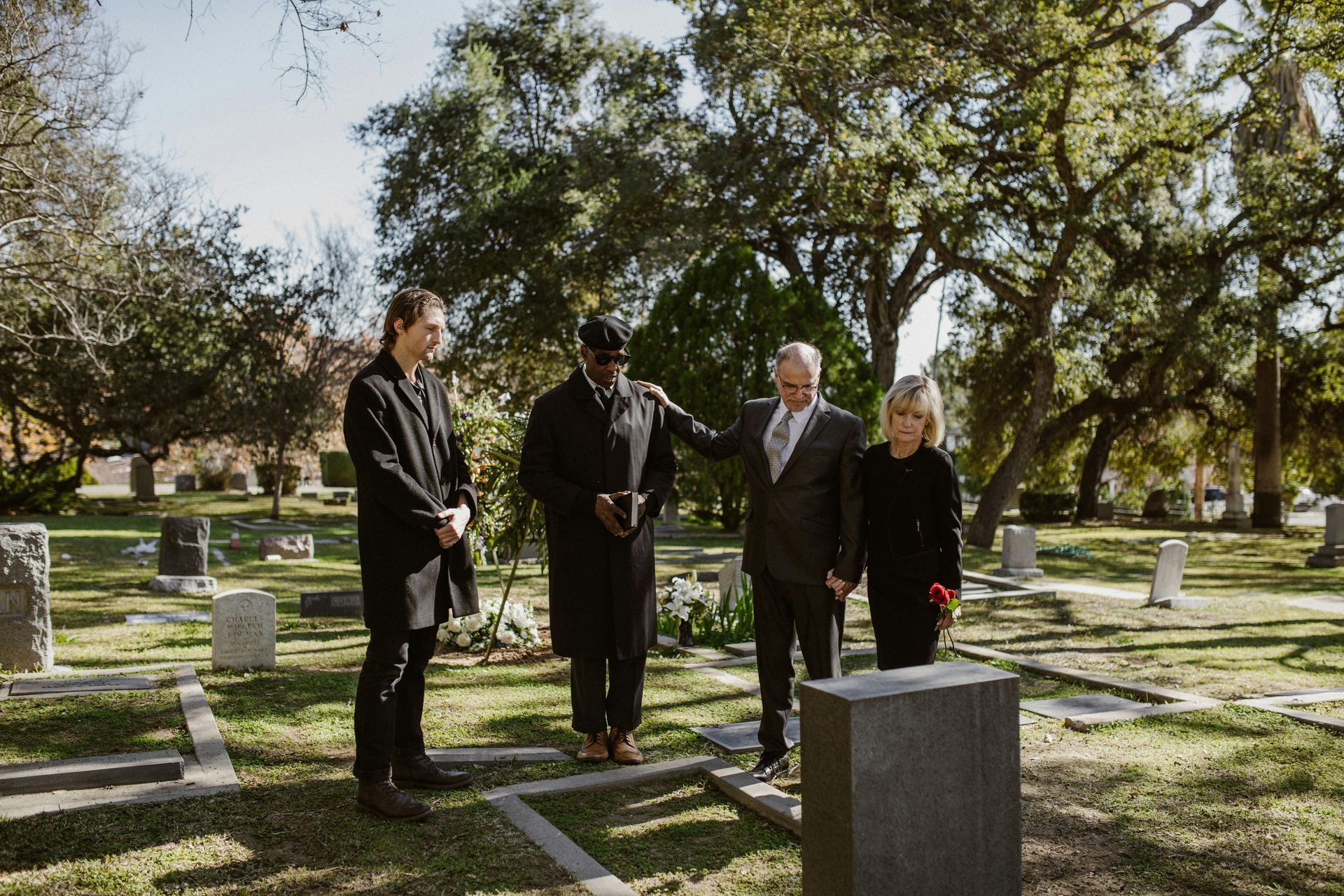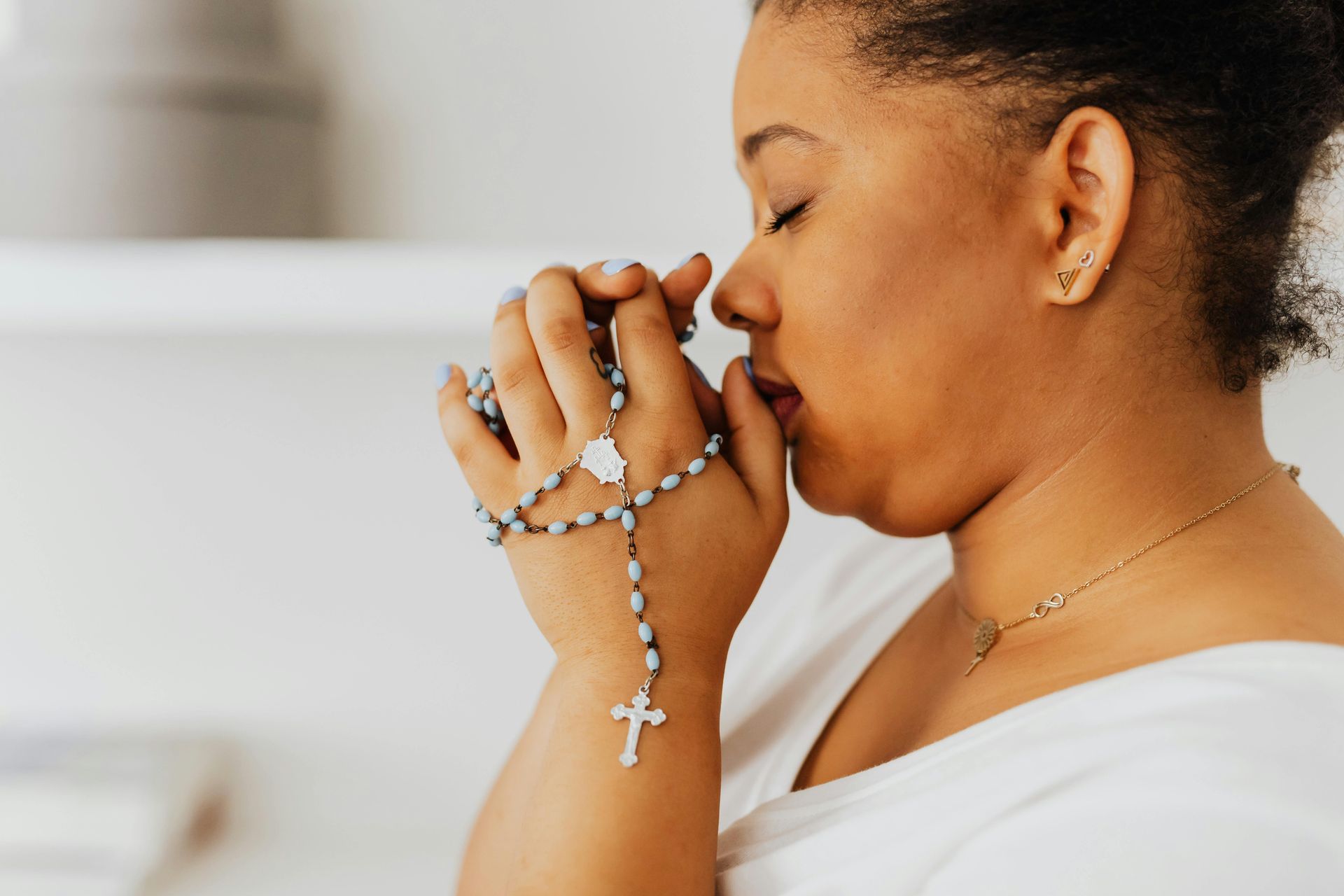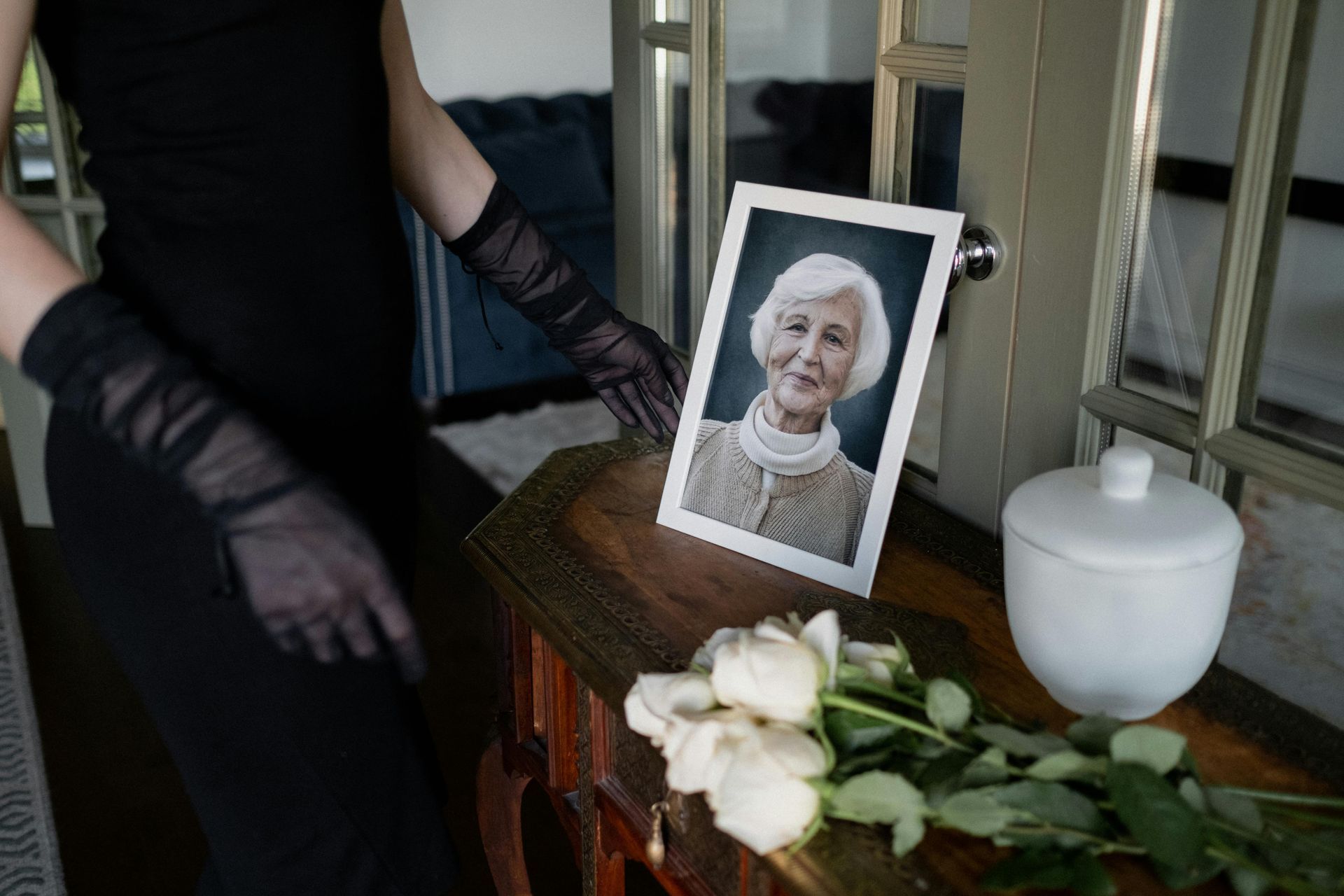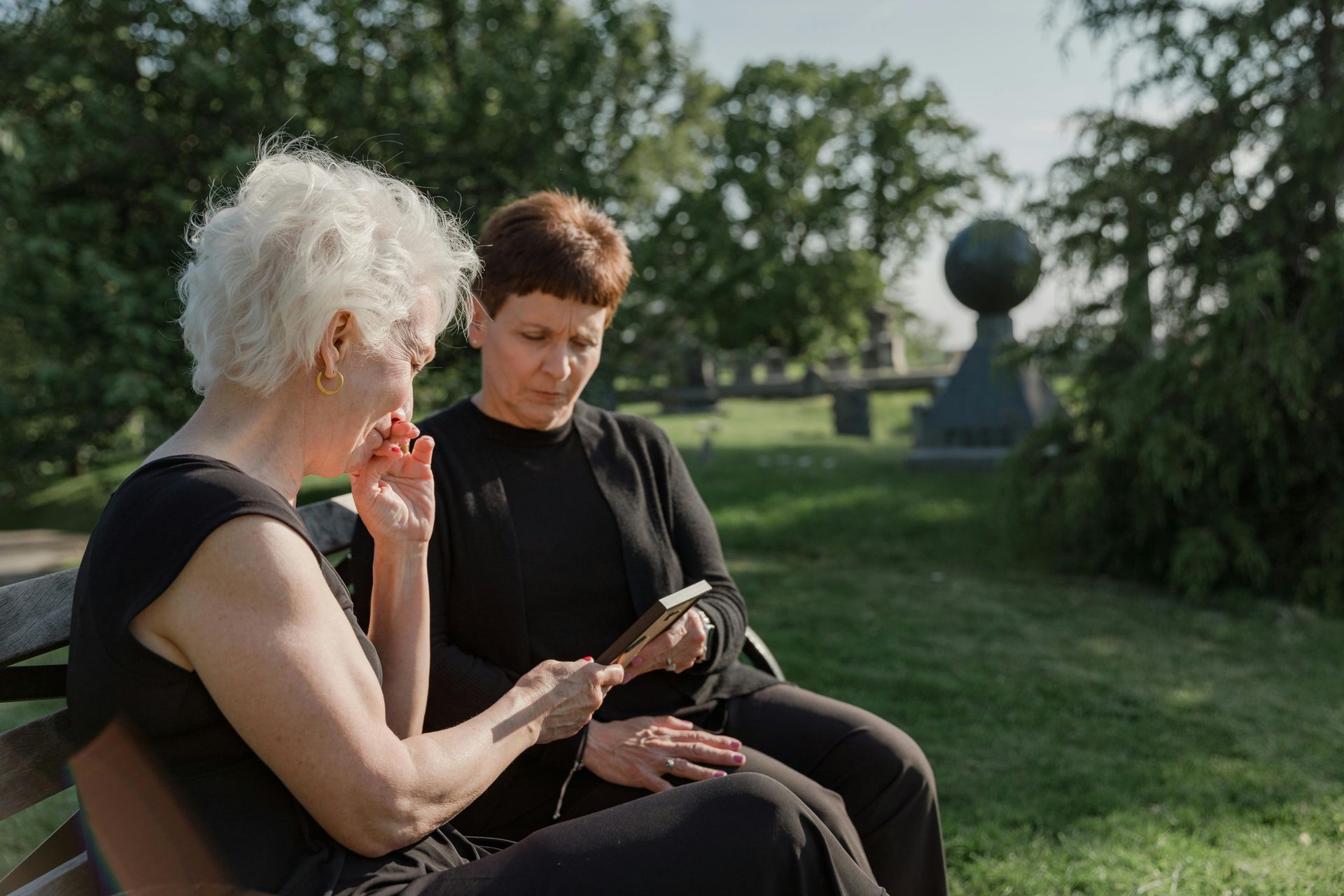Funeral Options
Navigating the complexities of a funeral can be overwhelming, especially during a time of grief. Our comprehensive guide is here to support you every step of the way. In this section, you'll find valuable information on various aspects of funeral planning. From the initial stages of organising and financing the ceremony to understanding the customs of different faiths and beliefs, we provide detailed insights to help you make informed decisions. Additionally, we offer guidance on arranging the wake and managing affairs after the funeral, ensuring you have the resources needed to honour your loved one's memory with dignity and respect.

Click on the links below to view our guides:

Cremations
With more people breaking from tradition and decoupling religion from death, families and friends are choosing to celebrate death in more unique and personal ways and, unlike burials, cremation provides the flexibility to scatter ashes at sea, in your favourite location, sprinkled over a reef, planted as a memorial tree, or even launched in fireworks. Cremation jewellery and tattoos are also gaining popularity.
Cremation is the process that transforms the body of someone who has passed away into 'ashes' using intense heat. The machine used to cremate bodies is called a 'cremator'.
Cremations are usually preceded by funeral services attended by the family and friends of people who have died.
Burials
Following the main funeral service, a burial service is typically a brief ceremony during which the coffin is lowered into the grave. Depending on their religious views, mourners may be allowed to attend the burial, which may include brief readings and prayers.
Burial is the act of placing a coffin or casket containing the body of someone who has died in a grave. Urns containing cremated ashes can also be buried.
A burial plot is an area of a cemetery reserved for burial and paid for in advance by a person or family. Sometimes they are large enough to accommodate multiple burials.
A cemetery is an area of land for traditional burials, usually attached to a Christian church or other religious sites, or owned by secular organisations such as a council or Commonwealth War Graves Commission.
A committal service is a ceremony at a graveside where the coffin or casket containing someone who has died is buried. It can happen immediately after a funeral service or at a later date. Urns which contain ashes can also be buried at a committal service.

Burials
Following the main funeral service, a burial service is typically a brief ceremony during which the coffin is lowered into the grave. Depending on their religious views, mourners may be allowed to attend the burial, which may include brief readings and prayers.
Burial is the act of placing a coffin or casket containing the body of someone who has died in a grave. Urns containing cremated ashes can also be buried.
A burial plot is an area of a cemetery reserved for burial and paid for in advance by a person or family. Sometimes they are large enough to accommodate multiple burials.
A cemetery is an area of land for traditional burials, usually attached to a Christian church or other religious sites, or owned by secular organisations such as a council or Commonwealth War Graves Commission.
A committal service is a ceremony at a graveside where the coffin or casket containing someone who has died is buried. It can happen immediately after a funeral service or at a later date. Urns which contain ashes can also be buried at a committal service.
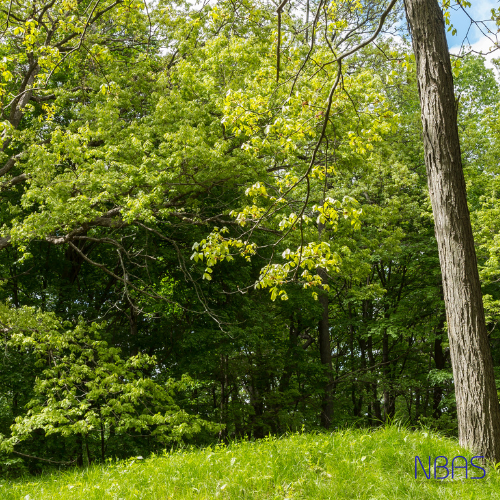
Woodland & Natural Burials
If the deceased was passionate about the environment, it may be that a woodland or natural burial would be most appropriate for them. These follow strict rules to ensure that no harm comes to the environment, such as using biodegradable coffins or caskets and only allowing natural materials to be used for grave memorials.
Natural burial sites don't allow the use of embalming. This means that nothing harmful goes into the ground, and means that the body will return to nature more quickly. Sites are managed in a way which actively encourages local wildlife.
The type and standards vary hugely. Some are operated by local authorities alongside their more traditional cemeteries. Some are privately owned and run by the landowners and their families, or by staff they have employed.
Working in partnership with:

All Rights Reserved | National Grief Advice Service
Registered Charity Number 1211283
Website designed and maintained by myEPIC (part of Trill Marketing Ltd)













